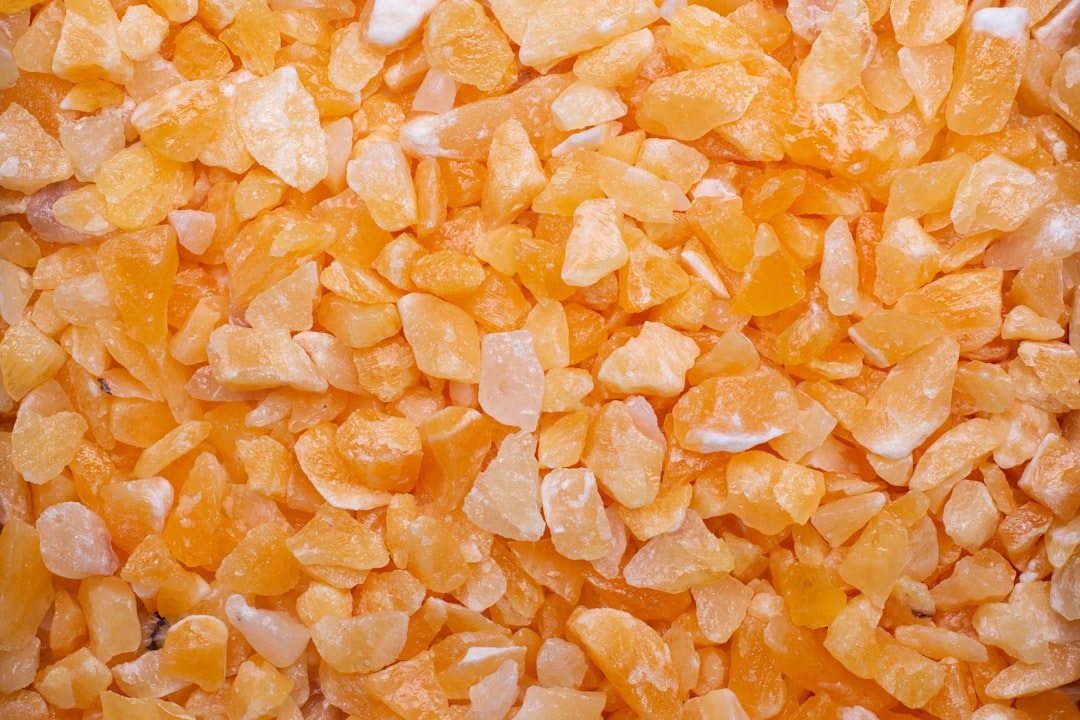What is it about?
The formulation of nanoemulsion for intravenous administration of Sorafenib, which is a poorly soluble drug was developed, which has the potential to be used as a parenteral nanoemulsion in the treatment of cancer.
Featured Image
Why is it important?
The formulation was prepared by a high energy emulsification method and optimized by response surface methodology. The effects of overhead stirring time, high shear rate, high shear time, and cycles of high-pressure homogenizer were studied in the preparation of nanoemulsion loaded with Sorafenib. Most of the particles in nanoemulsion are spherical in shape, the smallest particle size being 82.14 nm. The results of the 3-(4,5-Dimethylthiazol-2-yl)-2,5-diphenyltetrazolium bromide, a tetrazole reveal that the optimum formulation does not affect normal cells significantly in low drug concentrations but could remove the cancer cells. The optimized formulation retained its properties over a period of 90 days, with no phase separation was observed.
Perspectives
This study is important in order to improve our administration of Sorafenib for cancer treatment. Also need to further study on nanotoxicity and efficacy of Sorafenib when encapsulated in nanoemulsion system. Looking forward to see anyone interested in our research team with regards to the above mentioned.
Dr Norazlinaliza Salim
Universiti Putra Malaysia
Read the Original
This page is a summary of: Modeling and optimization of nanoemulsion containing Sorafenib for cancer treatment by response surface methodology, Chemistry Central Journal, March 2017, Springer Science + Business Media,
DOI: 10.1186/s13065-017-0248-6.
You can read the full text:
Contributors
The following have contributed to this page










